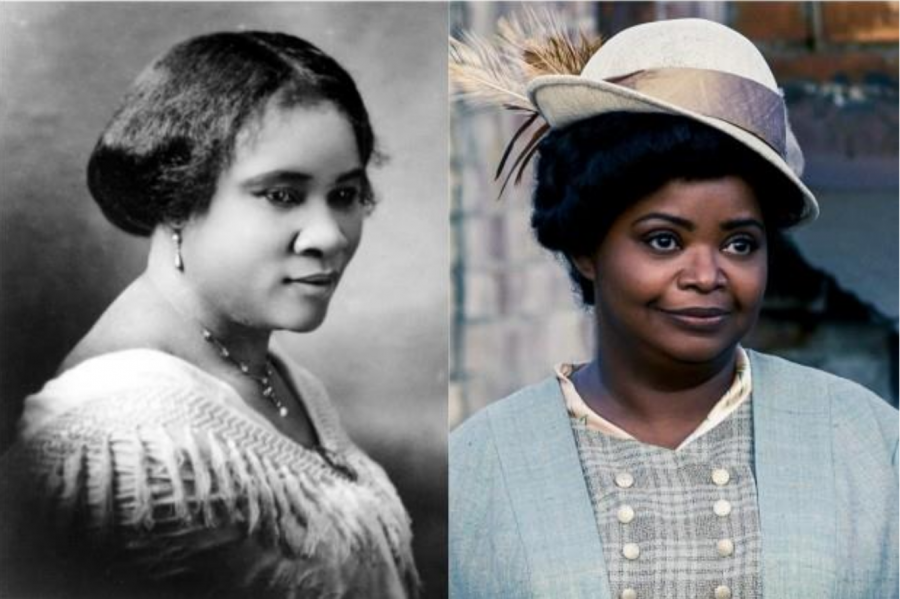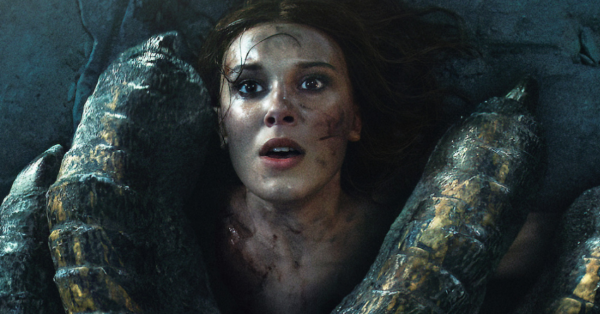Historical Inaccuracies in Netflix’s Self Made
Netflix, while known for its popular original series and classic movie titles, has found recent success in launching a variety of limited series specials. One such series in particular that has found success on the major streaming service is Self Made, which tells the story of Madam C.J. Walker, the first black, female self-made millionaire in America. Walker gained this title through the production and sale of her beauty and hair care products aimed specifically toward treatment for African American hair. While the story works to give a voice to underrepresented figures in television and to inform audiences about African American history and culture, it falls flat both in the overall quality of the show and in the abundance of historical inaccuracies present in the production.
Self Made details the story of how Madam C.J. Walker created her million dollar hair care company from the ground up. The bulk of the story focuses on Walker and her rival Addie Munroe, based on the real-life Annie Malone, who was also a black female entrepreneur in the hair care business. In fact, it was Malone’s product that inspired Walker to create her own formula. Their rivalry is rooted in the concept of colorism, which is often referred to as discrimination based on skin color, or more specifically discrimination against dark-skinned people while privileging those with lighter skin. The show portrays Munroe as being a light-skinned black woman profiting off of her light skin tone, whether that meant selling more of her products or even simply being treated better as a light-skinned individual. The show even weaponized Munroe’s light skin to a degree by degrading Walker for her darker skin tone while equating beauty and success to light skin. There are many issues present in this construction, specifically the fact that the show is choosing to pit black women against each other, which is often reinforced and normalized in our society. This idea seems to work against the inherent theme present in the show of celebrating black women, instead seeking to villainize Munroe.
Even more disappointing, however, is the fact that the portrayal of Malone is completely false and overdramatized. Malone was actually a dark-skinned woman who was a kind and gifted chemist. She began her hair care company in the early 1900s and found just as much success as Walker, though her fame was often overshadowed and less discussed than Walker’s. The series does not even highlight Munroe/Malone’s success and instead portrays and at times celebrates her failure within the hair care space because she is considered a threat to Walker. This portrayal is deeply inaccurate. While it sheds light on Walker’s success, it ignores and sometimes even wrongly depicts Munroe/Malone’s character – despite Malone being a prominent historical figure herself. In a way, it also feels as though the show is putting the emphasis on the effects of colorism onto Munroe/Malone herself by creating her as the show’s villain, instead of recognizing that it is typically white people who perpetuate the effects of colorism.
All in all, it is important and refreshing that African American stories are finally being celebrated and audiences are learning about these historical figures through a media platform as pervasive as Netflix. In this case, however, it is important to remember that doing your own research into historical individuals outside of a dramatized portrayal is important and often will give more insight into their rich and complex history.










